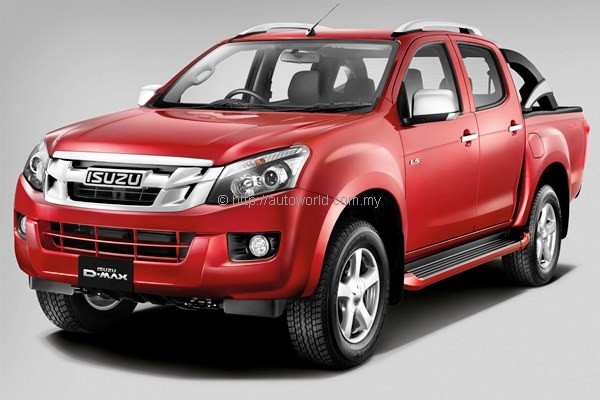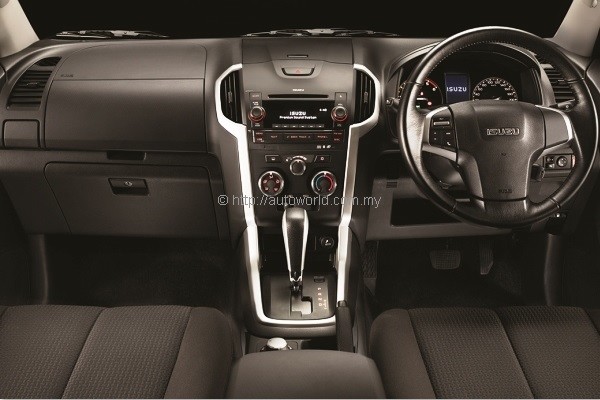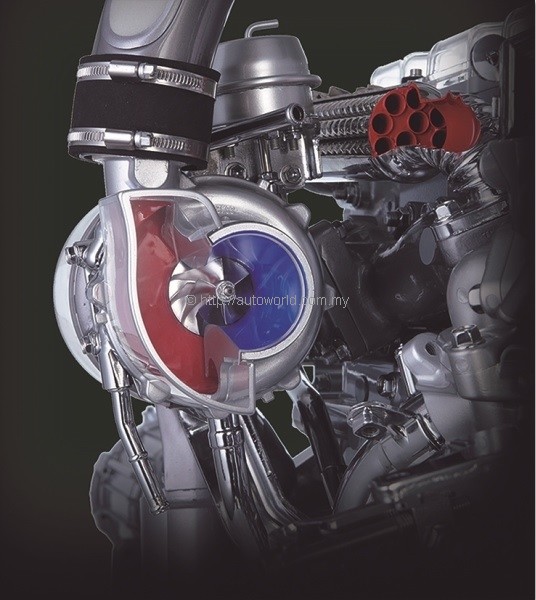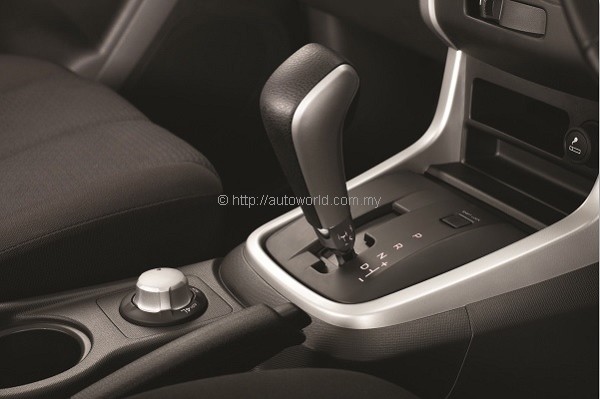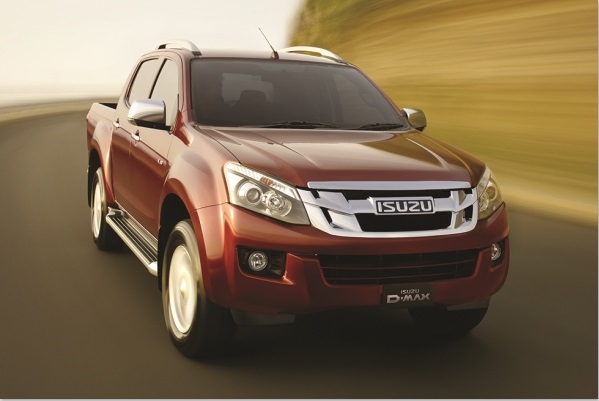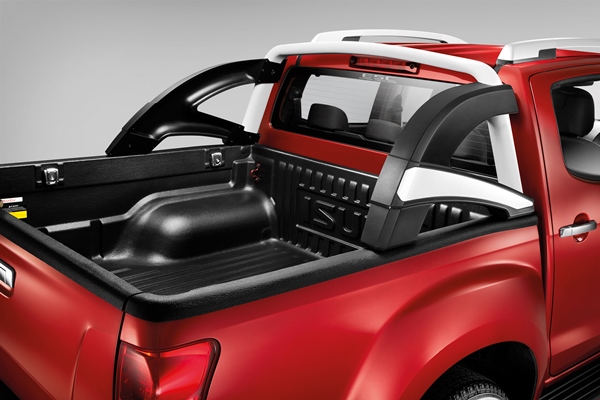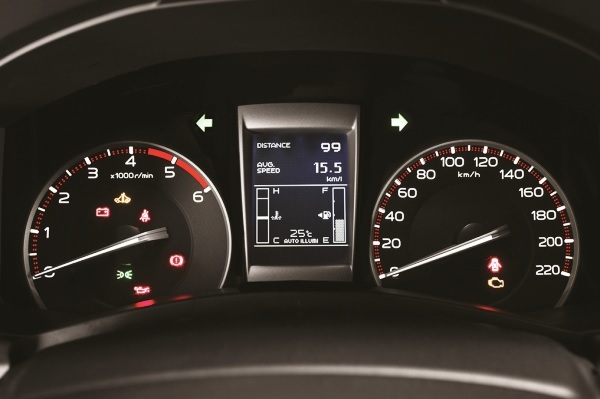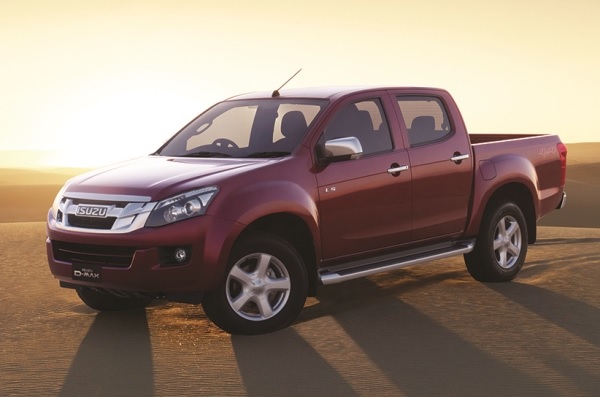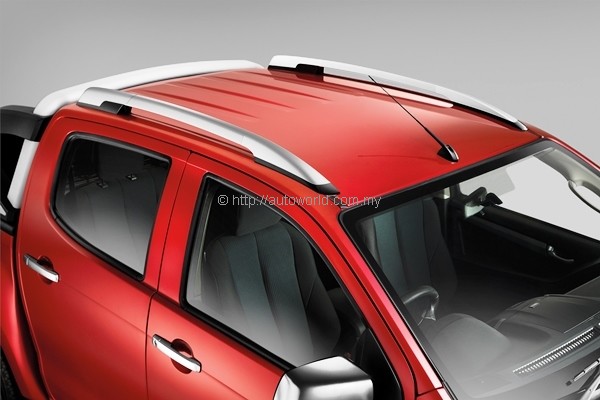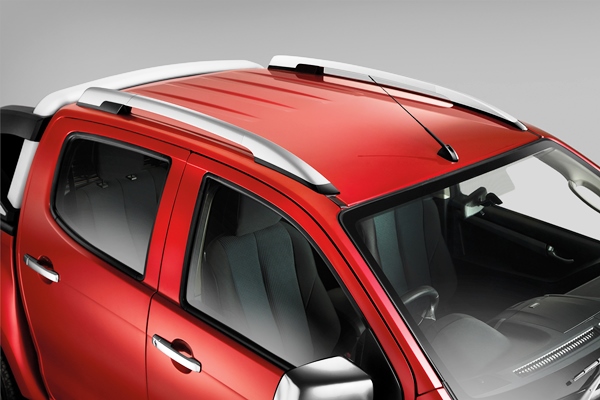All-new Isuzu D-Max launched in Malaysia
More than a year since its global debut, the second-generation Isuzu D-Max makes its long-awaited arrival in Malaysia, ready to take the local pick-up truck market by storm. Sitting on an all-new platform, the new D-Max features significant enhancements from its venerable predecessor both aesthetically and technically.
Underpinning the new D-Max is Isuzu’s all-new Gravity Response Intelligent Platform – we don’t know what it really means, but it shortens to a very catchy acronym, i-GRIP. The platform is in fact co-developed by GM, but with Isuzu assuming the leading role. Step inside the D-Max, and you will notice that its dashboard unmistakably resembles that of the Chevrolet Colorado.
Whilst the previous generation Colorado was merely a rebadged D-Max, this time around, GM and Isuzu took divergent paths early in the partnership after developing the basic platform. As such, the Colorado and D-Max also have many parts that are unique to each other.
Engines, for example, are not shared. Compared to the Colorado’s aggressively-tuned mills, the D-Max’s powerplants retain more conservative figures as Isuzu retains its long-standing focus on fuel economy and long reliability. Two four-cylinder engines are on offer with the new D-Max, both displacing 2,499cc.
The basic 4JA1 engine, which is used to power the 4×2 low-rider variant, is carried over from the previous model. Its outputs are unchanged from before, being rated at a very modest 78hp and 176Nm (that’s no typo). The high-riding models meanwhile, get the more potent 4JK1 engine with variable geometry turbo (VGS in Isuzu-speak) producing 134hp and 320Nm. The previous D-Max had a non-VGS version of the 4JK1 which made 114hp and 280Nm.
In designing the engine, Isuzu took deliberate effort to consider various issues pertaining to its maintenance and reliability. The engine employs chain-driven overhead camshafts that use an intermediate gear. Valve actuation is via roller rocker arms with large roller bearings. Regular maintenance items are placed strategically within easy reach for mechanics servicing the engine, thus minimizing maintenance down time.
Standard transmission for the D-Max is a 5-speed manual, with the top end version offered the option of a 5-speed automatic. The latter features an overdrive top gear complete with a torque converter lock-up to extend fuel economy during cruising. It also features sequential manual shifting.
In addition to its new engine, another aspect of the new D-Max worth highlighting is its enhanced safety package. The two top-spec models come with dual airbags, ABS, EBD, Brake Assist, stability control (ESC), and traction control (TCS). These items are absent in the lower end models, which get a Load Sensing Proportional Valve (LSPV) and a Limited Slip Differential (LSD) in their place. ISOFIX is standard in all variants, which is unprecedented among pick-up trucks.
Isuzu also paid attention to pedestrian safety – the front bumper has better energy absorption while the headlamp covers are made of polycarbonate which is more resistant to shattering. A large gap is left between the engine and bonnet to minimize injury to any pedestrian unfortunate enough to land on it.
The new D-Max is available in five variants, with their prices (OTR with insurance for individual private registration in Malaysia) as follows:
– 2.5 4×2 M/T low-rider: RM69,799.60
– 2.5 VGS 4×2 M/T hi-rider: RM79,899.60
– 2.5 VGS 4×4 M/T-L: RM85,499.60
– 2.5 VGS 4×4 M/T: RM94,619.60
– 2.5 VGS 4×4 A/T: RM100,689.60
Pictures: Official Isuzu release.




